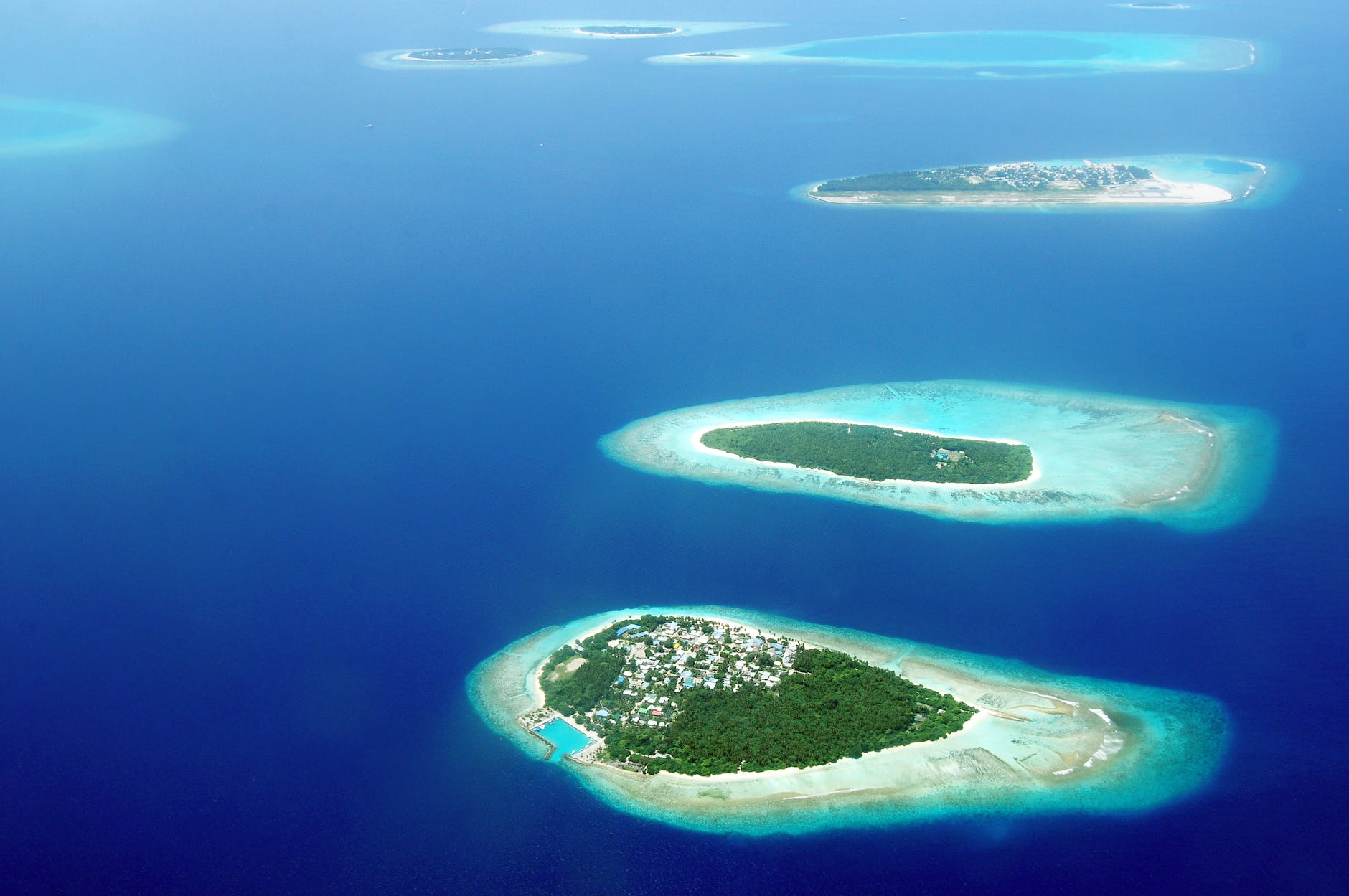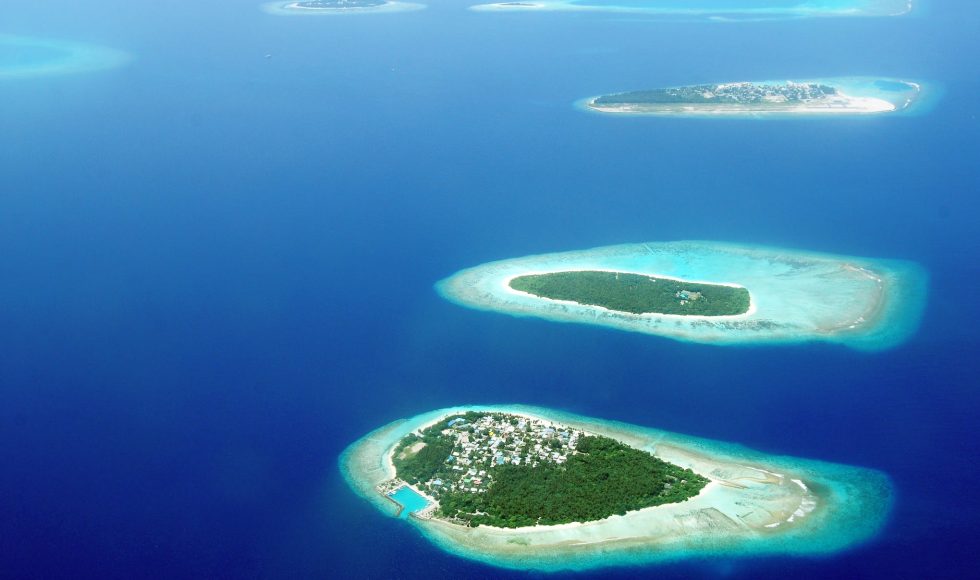Jaime A. Chaves from San Francisco State University and the Universidad San Francisco de Quito in Ecuador spoke at London Calling 2023 on “Galapagos Genetic Barcode: a model for island economic resilience during the COVID-19 pandemic.” Chaves explained how their interests in science and community merged with this project. Galapagos is a top tourist destination with 20,000 visitors monthly, noted Chaves. During the pandemic, inhabitants were economically stressed by the lack of tourism revenues. There was also an increase in fishing and illegal/damaging practices. Chaves played a clip from an interview with a guide. The goal was to raise awareness and create new jobs by providing new skills for the local inhabitants. Chaves described this initiative as the largest citizen science project to date on the islands. The communities, Chaves emphasizes, were the major contributors and decision makers in this project. Through funding, the team was able to support seventy-four people on different islands. Participants were from a variety of fields and took on different roles. Gender distribution was considered. Participants worked with fisherpeople to filter water and extract eDNA for analysis. Chaves shared that capacity building became a focus when gaps in knowledge were noted and accessible and equitable options were considered. To develop local technologies and improve education, undergraduates were engaged as part of their research. The Galapagos Genetic Barcode project generated 1312 samples from 172 locations and sequenced 420 samples that produced novel insights into the diversity of organisms on the islands. One research project included collecting samples from an active volcano. The researchers used the 16S barcoding kit to investigate the diversity of microorganisms in lava samples. A second project focused on the Galapagos Shark Cafe and couple eDNA and metabarcoding to detect shark biodiversity. The Galapagos Genomes project is built on the Org One conservation genetics program. The last project Chaves described was the use of natural history collections on the islands to “define taxonomic boundaries” and identify invasive species. The Galapagos Genetic Barcode project will now focus on conservation efforts and identifying illegal animal trade. Chaves explained that the Galapagos Genetic Barcode program can serve as a model for other communities that depend on ecotourism. The work was supported by global collaborators and several funders, including UNC! I wonder how UNC was involved and if there are opportunities for us to participate? For several years now I have wanted to figure out how to support local communities and include community/participatory research projects in San Miguel and surrounding areas. I never thought about the possibility of the Galapagos Genetic Barcode project serving as a model!



